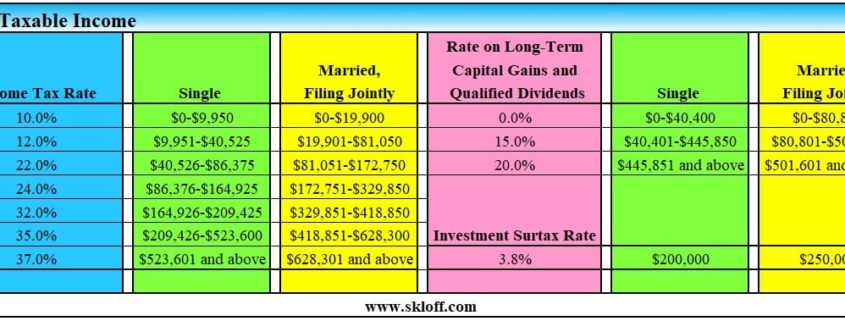
For a taxation year that includes April 7, 2022, the tax would be pro-rated.

The additional tax would apply to taxation years that end after April 7, 2022. Bank and life insurer groups subject to the additional tax would be allowed to allocate a $100 million taxable income exemption between group members. The budget proposes an additional 1.5% tax on the taxable income for members of bank and life insurer groups (determined in the same manner as for the CRD). > Back to top Additional Tax on Banks and Life Insurers The CRD would apply for the 2022 taxation year and would be payable in equal amounts over five years. Bank and life insurer groups subject to the CRD would be permitted to allocate a $1 billion taxable income exemption between group members. The CRD would be determined based on a corporation’s taxable income for taxation years ending in 2021, subject to a proration rule for short taxation years. A group subject to the tax would be a bank or life insurer and any financial institution (for the purposes of Part VI of the Income Tax Act ) related to the bank or life insurer. The budget proposes the Canada Recovery Dividend (CRD), a one-time 15% tax on bank and life insurer groups. In detail Business tax measures Canada Recovery Dividend This Tax Insights discusses these and other tax initiatives proposed in the budget. Increases the disbursement quota for charitable organizations Introduces the Tax-Free First Home Savings Account, a new registered account for first-time homebuyers, and doubles the First-Time Home Buyers’ Tax Creditĭoubles the annual expense limit for the Home Accessibility Tax Credit and introduces the Multigenerational Home Renovation Tax Creditĭeems profits from certain residential property dispositions to be business income Introduces a refundable tax credit for carbon capture, utilization and storage, and the Critical Mineral Exploration Tax CreditĬlarifies the government’s position with respect to taxation of insurance contracts, in light of the upcoming new international financial reporting standard (IFRS 17)Ĭurtails certain aggressive tax planning arrangements by financial institutions that result in artificial tax deductionsĪmends the application of the general anti-avoidance rule, to ensure that it applies in respect of tax attributes that have not yet become relevant to the computation of taxĪnnounces a public consultation on the Canadian implementation of OECD model rules that introduce a global minimum tax (Pillar Two) for large multinational enterprises The budget:Īnnounces the Canada Recovery Dividend, a one-time 15% tax on banks and life insurers, and proposes an additional 1.5% tax on banking and life insurer groupsĮxpands eligibility for the small business deductionĪddresses tax planning that manipulates Canadian-controlled private corporation (CCPC) status, in the context of investment income taxation and reduces the foreign tax deductions that CCPCs may claim for foreign accrual property income On April 7, 2022, the Deputy Prime Minister and Minister of Finance, Chrystia Freeland, presented the government’s budget.


 0 kommentar(er)
0 kommentar(er)
